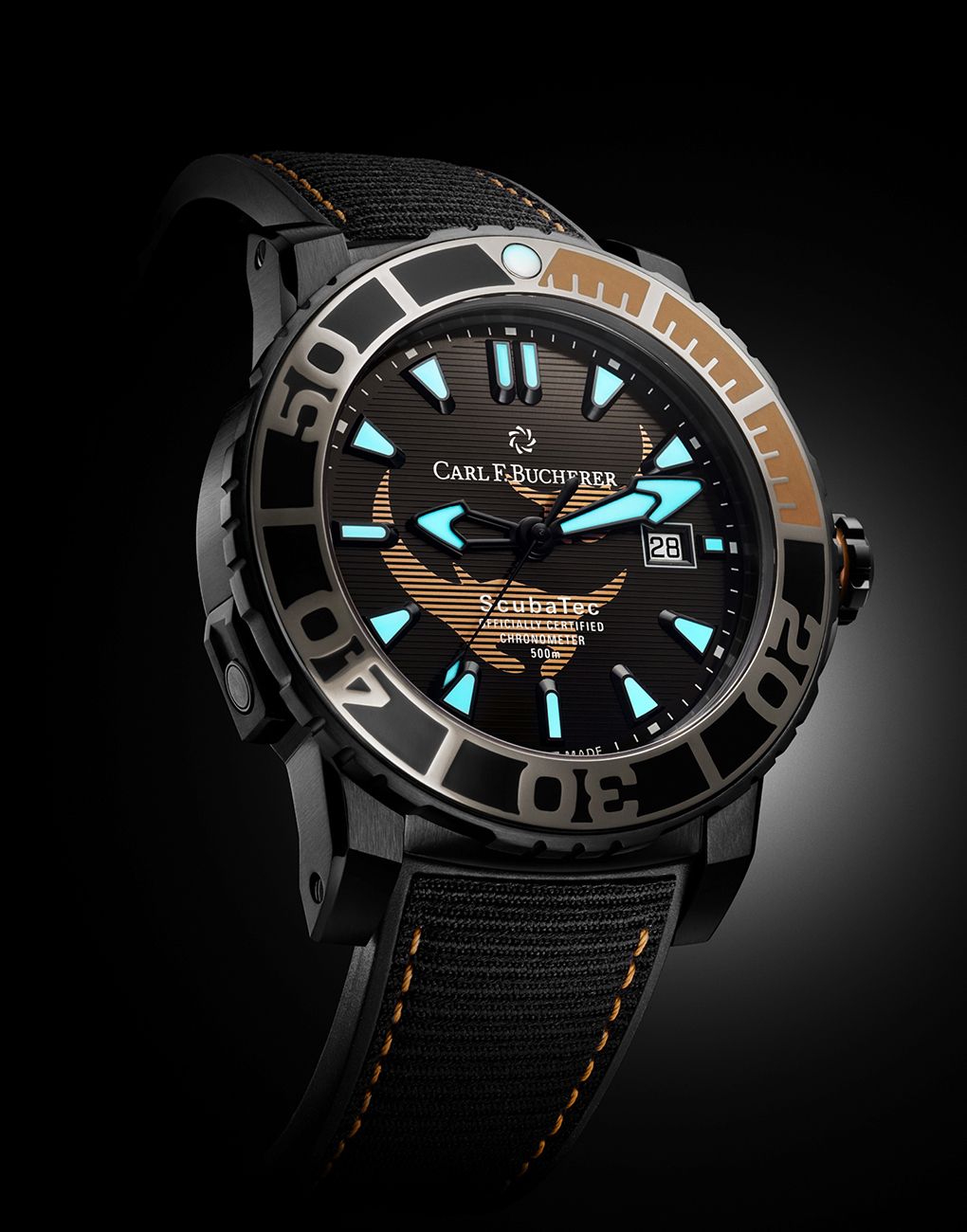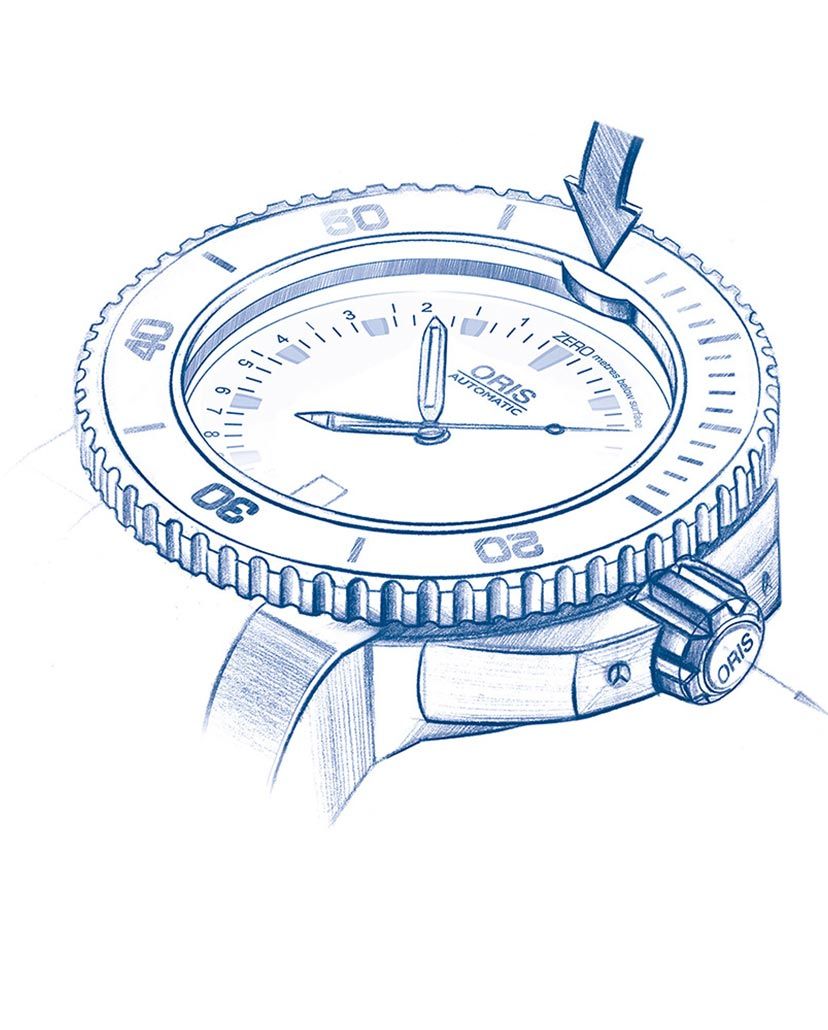Round-UpThe Dive Watch Guide Part Three: The Key Essentials
Discover the crucial elements defining dive watches, from water-resistance to rotating bezels, as we delve into their significance for underwater exploration
May We Recommend
Welcome back to our ‘dive watch guide’. So far in part one and part two, we’ve journeyed through the history and evolution of these remarkable timepieces and shared some tips on picking the right one. Now, in part three, we’re going to dive deeper—literally—into what makes these watches tick underwater. From the technical details like water-resistance to the glow that lights our way in the deep, we’ve got lots to cover. So, whether you’re a diving pro or just curious about the science behind your wristwatch, stay with us as we explore the essentials for a reliable dive timer when it’s underwater.
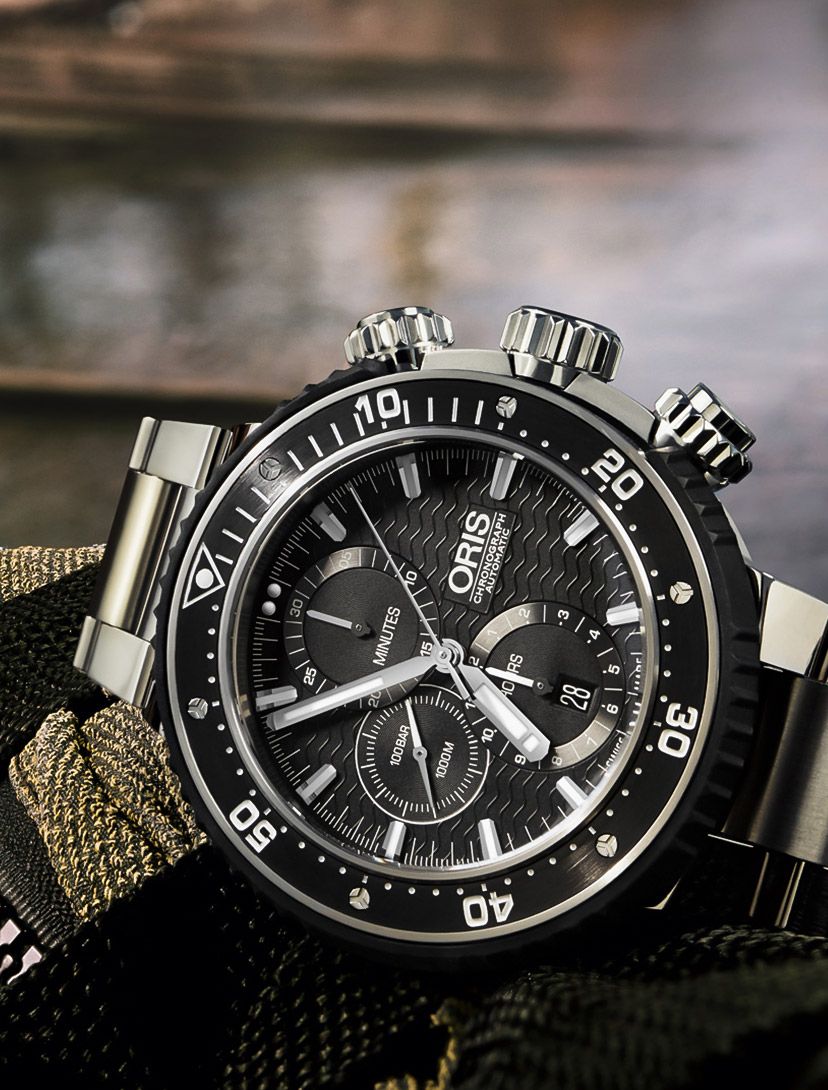
The Essence Of Water Resistance In Dive Watches
A dive watch’s core function is its ability to reliably work in the demanding underwater environment. When we mention ‘water resistance’ in the context of dive watches, we’re not just talking about keeping the insides dry. The deeper you go underwater, the more pressure the watch faces. It’s essential for the watch to handle this pressure, ensuring its components remain intact and functional.
But here’s the thing: the water resistance ratings on dive watches aren’t just arbitrary numbers. They’re a testament to the watch’s resilience and a diver’s safety guideline. While a 100m rated watch might be great for a day at the beach or some light snorkelling, serious divers venturing into deeper realms—like exploring shipwrecks or deep-sea diving—need something more robust, typically rated at 200m or even deeper. These ratings help divers choose the right watch, ensuring their safety during underwater adventures.
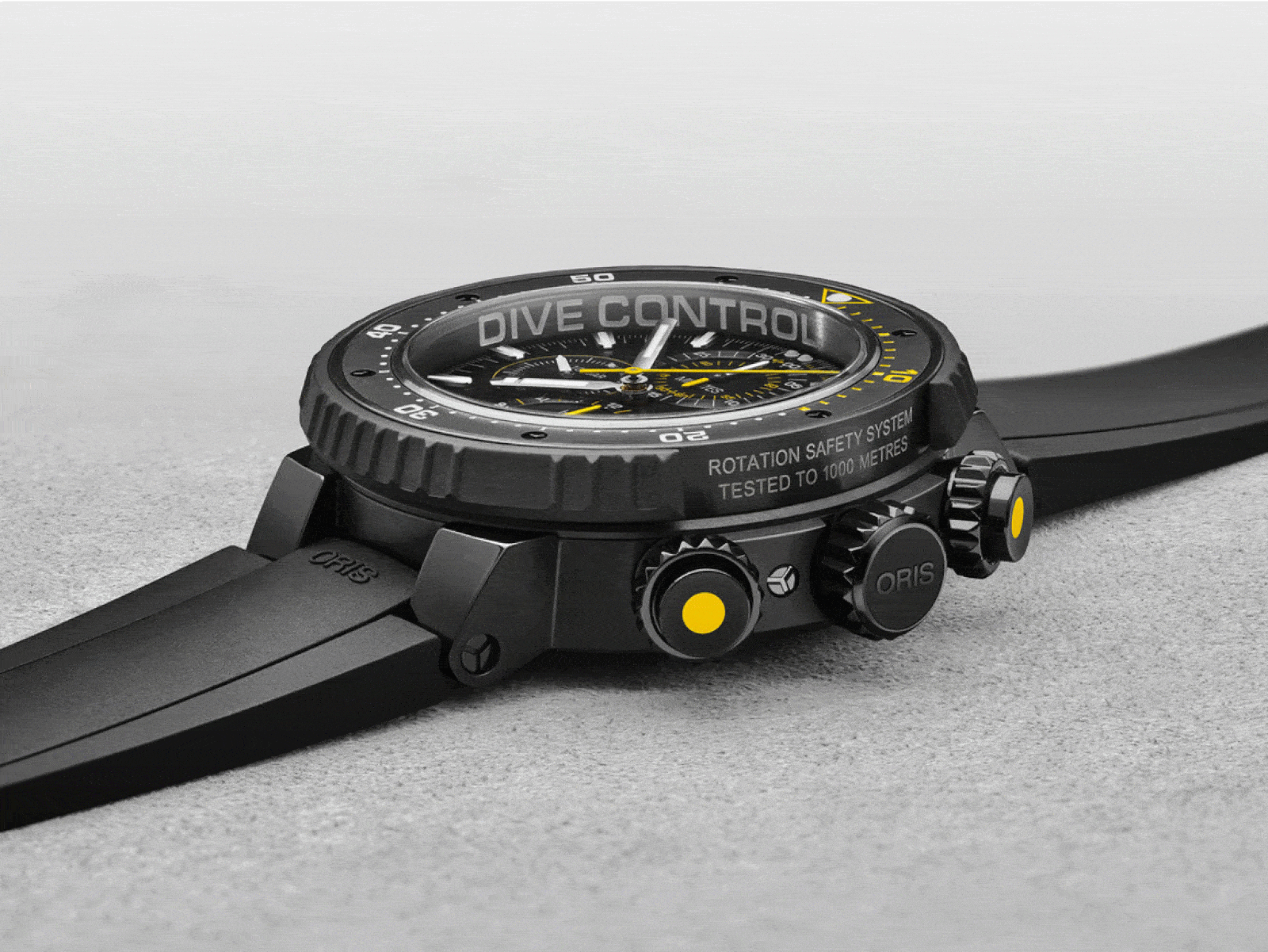
The Function Of The Rotating Bezel
The rotating bezel on a dive watch is more than just a design element. It’s a vital tool for divers, helping them monitor their underwater time. This bezel, marked with increments, is set at the beginning of a dive by aligning its zero marker (often highlighted with a luminescent symbol) with the minute hand. As the dive progresses, the minute hand’s movement in relation to this marker provides a clear visual of the time spent below the surface.
But there’s another clever safety feature built into these bezels. They’re designed to rotate only counterclockwise, or unidirectionally. Why? If the bezel is accidentally knocked during a dive, it will indicate that more time has passed than in reality, causing the diver to surface sooner than planned. This deliberate design ensures divers never accidentally underestimate their dive time, providing an extra layer of safety against risks like decompression sickness.
Legibility And Luminescence In Dive Watches
In the challenging underwater environment, legibility is crucial for divers, especially in the deeper, darker realms where sunlight rarely reaches. Dive watches prioritise this need, boasting bold markers and hands set against high-contrast dials, such as black with white indicators. Beyond this, luminescence plays an essential role. Special luminescent materials applied to the watch’s hands and markers absorb light energy and emit it in darker conditions. This ensures that, whether in dim underwater settings or during nighttime dives, a diver can swiftly and accurately discern the time. This isn’t merely about convenience; it’s a safety feature, crucial for monitoring dive duration, decompression stops, and air supply.
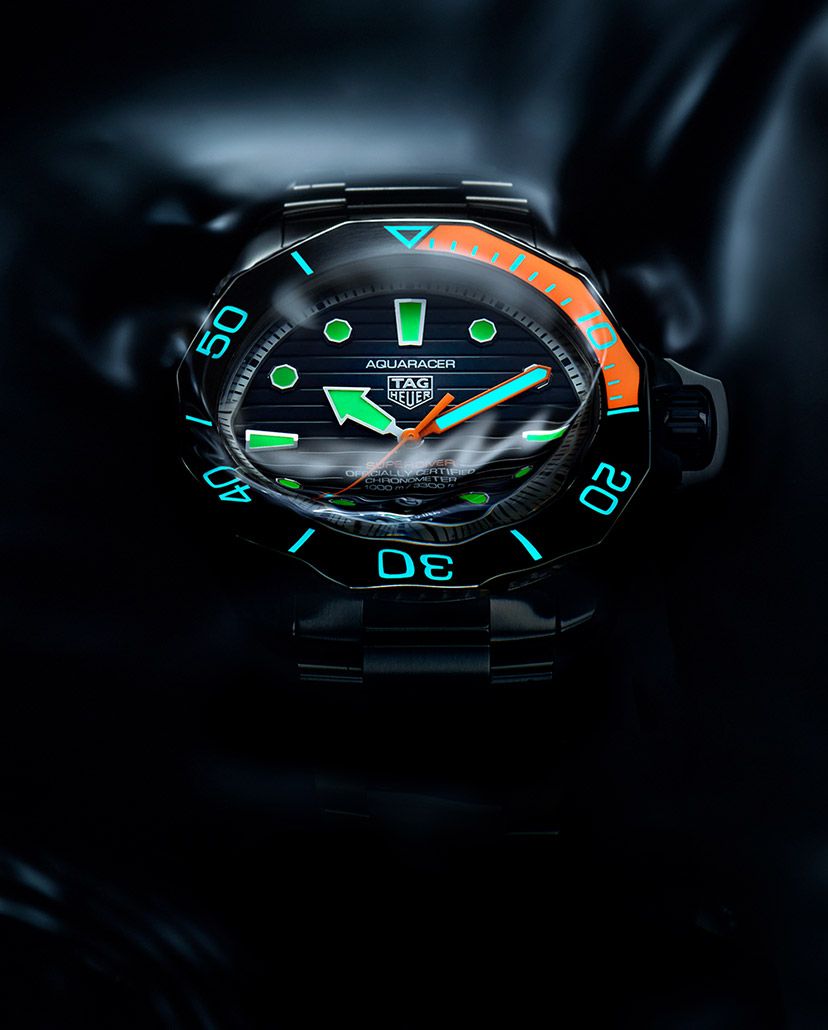
The Science Behind Watch Luminescence
Dive watches have always relied on luminescent materials to achieve that critical glow-in-the-dark functionality. The journey of luminescence in watches has been both innovative and, at times, challenging. In the early days, radium was a popular choice for its glowing properties. This radioactive material was used in watch hands and dials, making them readable in the dark. However, as time passed, the risks associated with radium’s radioactivity became apparent. There were cases of workers, famously known as the ‘Radium Girls’, who faced severe health complications due to exposure to radium while painting watch dials.
Recognising these hazards, the industry shifted away from radium, paving the way for safer alternatives. Super-LumiNova emerged as a popular choice, notable for its brightness and longevity. This phosphorescent material charges under light and releases it in the dark, ensuring legibility in low-light situations. Additionally, innovations like Luminox’s tritium gas tubes have been introduced. These tubes offer consistent illumination without needing external light charging, ensuring the watch remains readable for extended periods.

Screw-Down Crown: Ensuring Dive Watch Integrity
A screw-down crown is an essential feature in dive watches, designed to enhance water resistance and maintain the watch’s integrity underwater. The crown of a watch, which is used for setting the time and date, is a potential vulnerability where water could infiltrate the watch’s inner mechanisms. A screw-down crown addresses this concern by allowing the crown to be screwed into the watch case, creating a tight and secure seal. This design not only prevents the inadvertent adjustment of the watch settings during a dive but, more critically, acts as a barrier against water ingress, ensuring that the watch remains functional even when exposed to the pressures and environment of deep-sea diving.
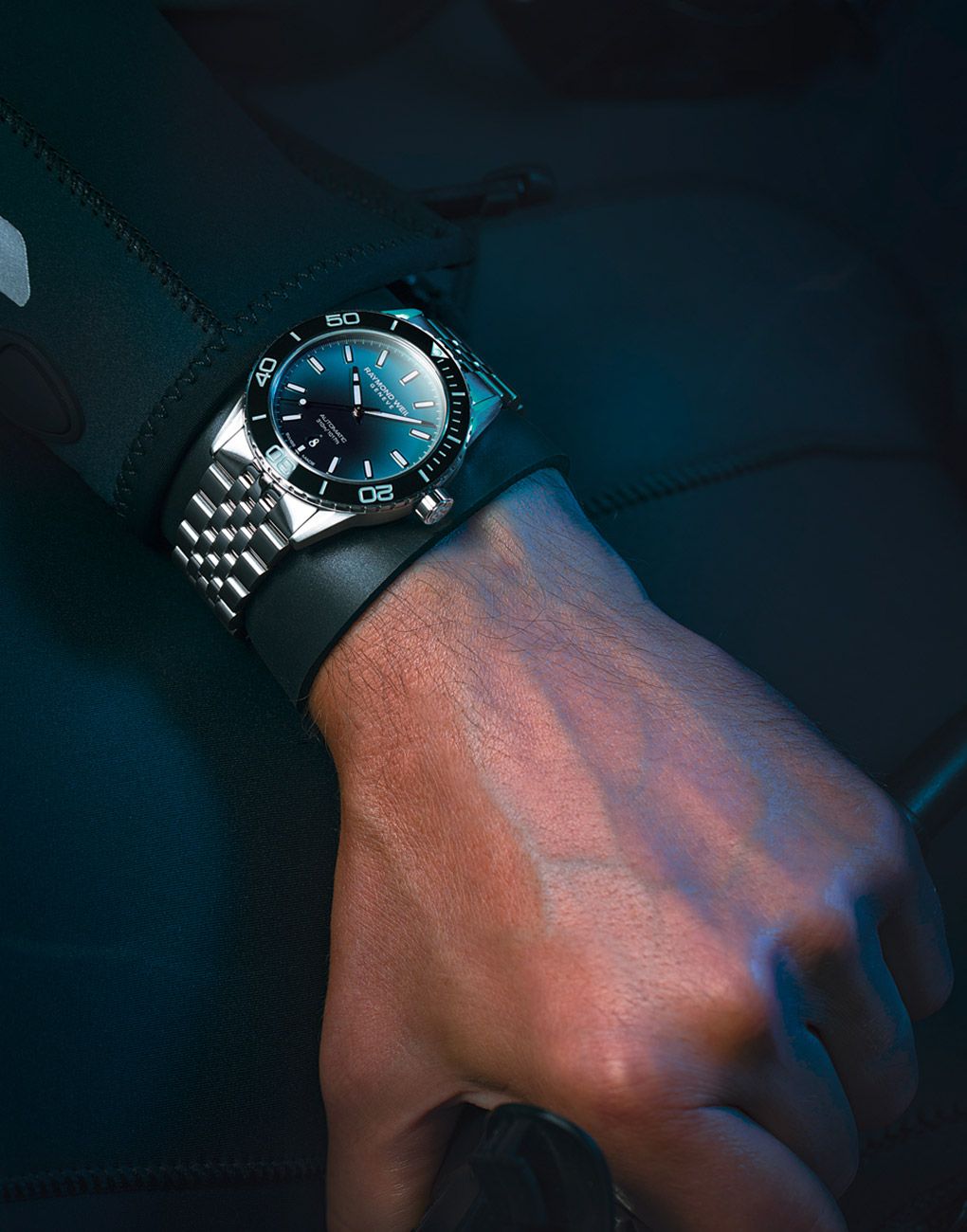
Features For The Advanced Diver
Helium Escape Valve: A Safeguard For Saturation Divers
For those delving into the deeper realms of diving, particularly in saturation environments, the minute helium particles present a unique challenge. These tiny molecules can sneak inside the watch case. However, during ascent, these particles expand and need a way out. Without a proper release mechanism, they can damage the watch or pop its crystal. This is where the helium escape valve comes into play. Specifically designed for this purpose, the valve ensures that the expanding helium can safely exit the watch, protecting its intricate mechanisms and preserving its integrity.
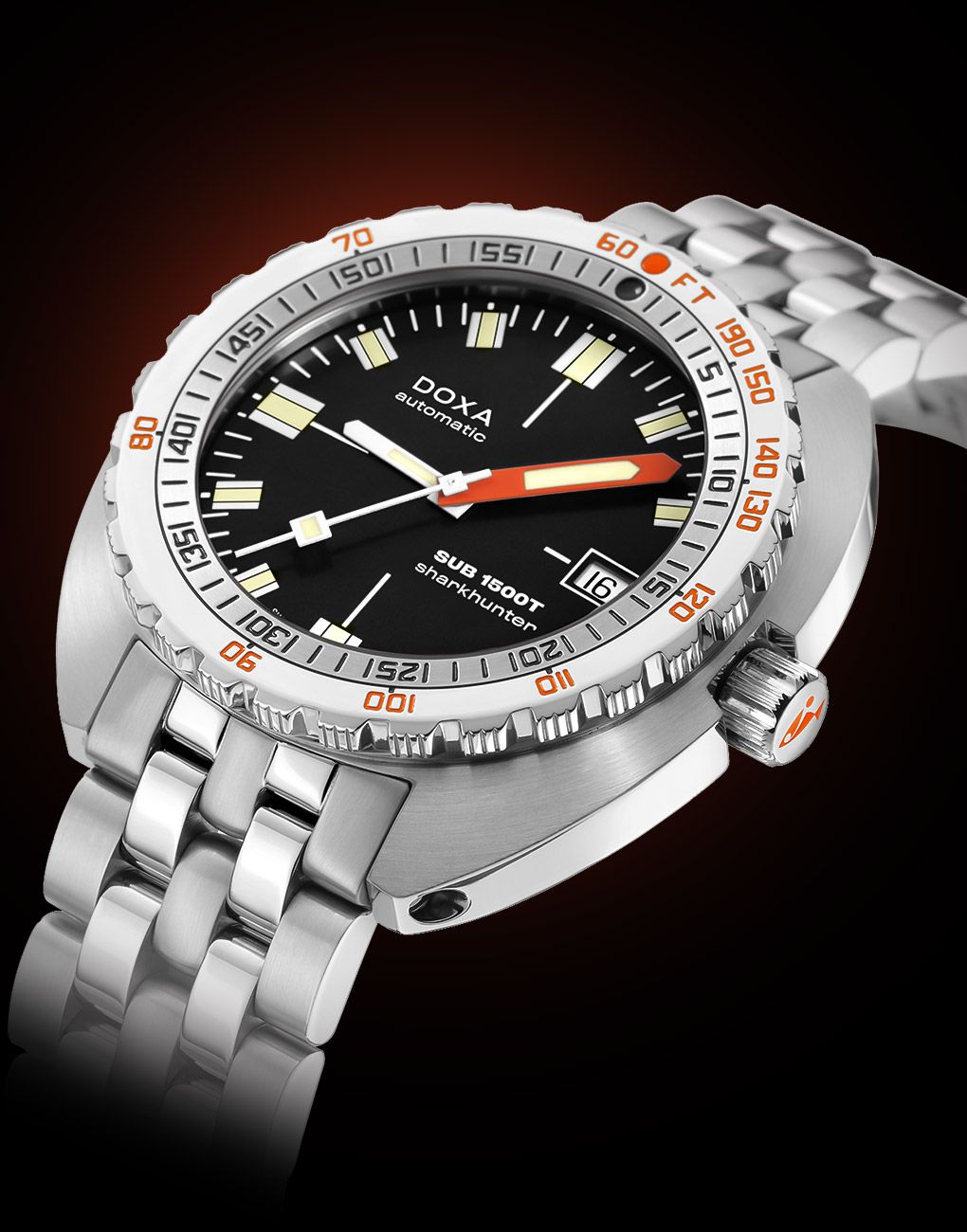
Depth Gauge: The Diver’s Depth Compass
Beyond just telling the time, advanced dive watches offer features that cater to professional needs, and a depth gauge stands out among them. This tool gives divers a real-time reading of how deep they are, becoming an essential aspect of monitoring safety limits and planning decompression stops. Integrated seamlessly into the watch’s design, it offers divers a combination of convenience and safety, ensuring they remain informed of their depth as they explore underwater realms.
Conclusion
As we wrap up part three of our ‘dive watch guide’, we’ve looked into what truly sets these watches apart, while beneath the waves. From ensuring you can always read the time in murky waters to the sturdy build that stands up to deep-sea pressures, we’ve covered the key essentials. In our upcoming part four, we’ll explore the finer details: keeping your watch in tip-top shape, embracing the latest tech, and understanding the importance of eco-friendly choices in the world of dive watches. Whether you’re a fan of the classics or curious about the latest digital offerings, we’ve got something for everyone. Until next time!
ICYMI: Click here for the ‘dive watch guide’ part one, and here for part two


